As global temperatures continue to rise, heatwaves are becoming more frequent and intense. For horse owners, ensuring the well-being of their equine companions during these hot spells is crucial. Horses are particularly sensitive to the heat due to their large size and high muscle mass, making them more susceptible to heat stress. This article provides essential tips to help horse owners keep their horses comfortable and safe when the mercury soars.
1. Provide Ample Shade
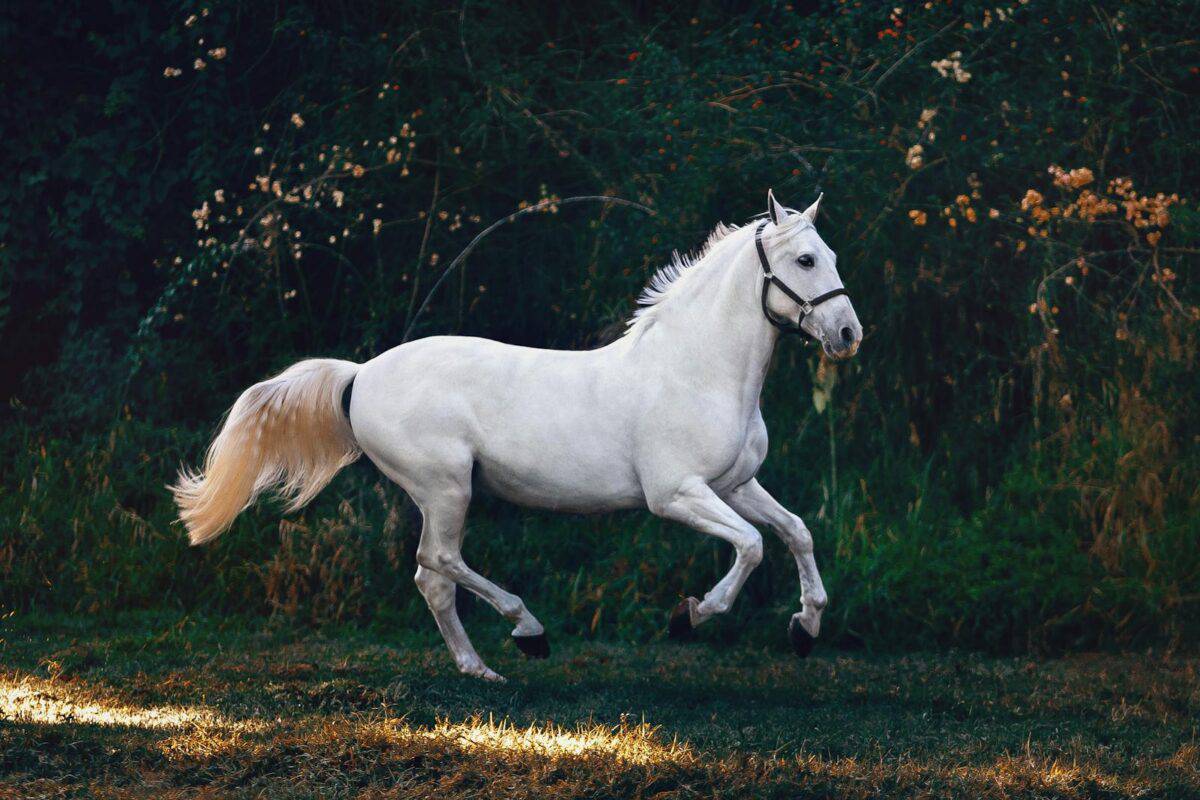
Ensuring that horses have access to shade is vital during a heatwave. Trees, specially designed shade structures, or barns can offer respite from the sun’s intense rays. When choosing a shaded area, ensure there is good air circulation to enhance cooling and reduce the risk of respiratory issues.
2. Ensure Fresh Water Supply
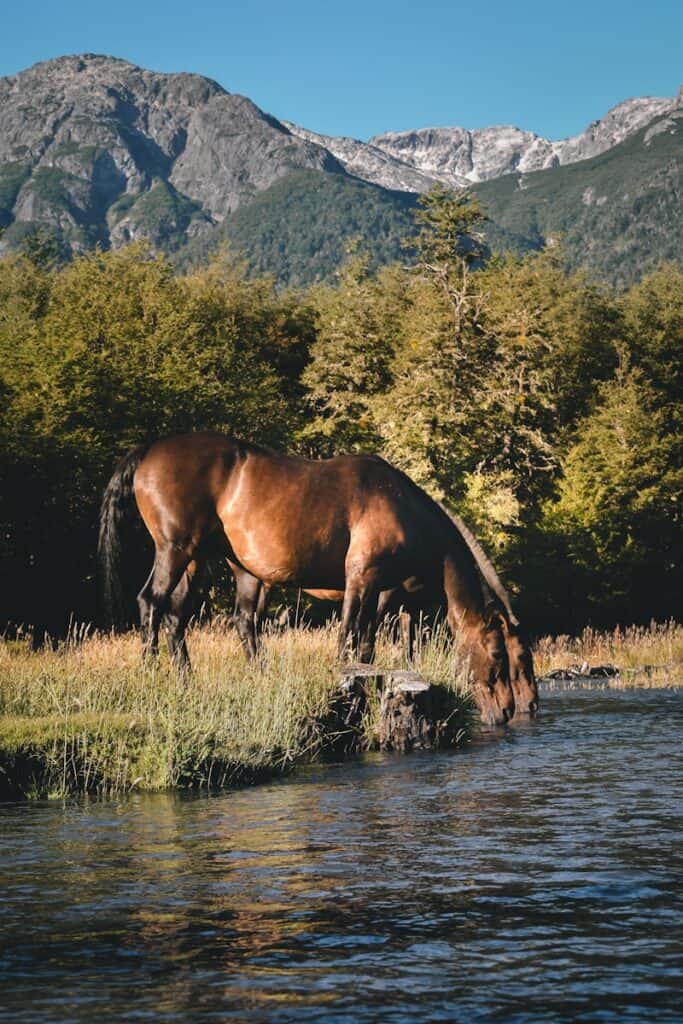
Hydration is critical for horses in hot weather. Provide an abundant supply of clean, cool water. Horses can drink up to 10 gallons a day, a number that increases in the heat. Regularly check water troughs or buckets to ensure they are refilled and free of debris and algae.
3. Adjust Feeding Times
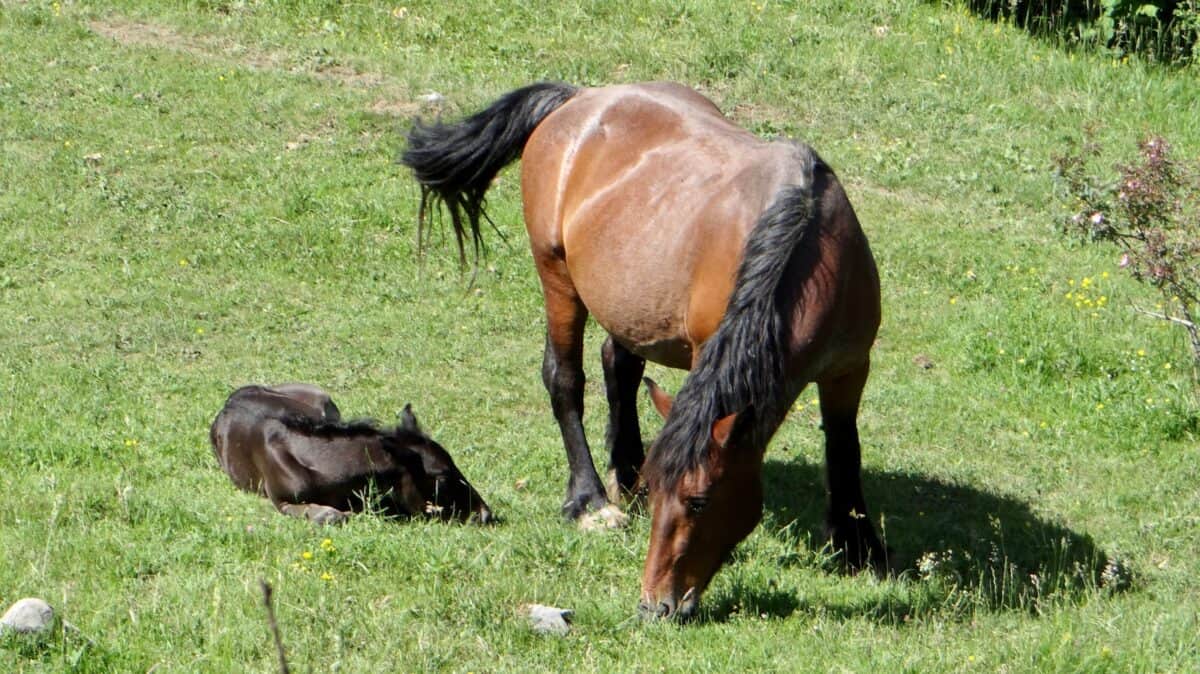
Consider feeding your horse during cooler parts of the day, such as early morning or late evening. Horses generate body heat during digestion, so providing meals during cooler periods helps maintain a comfortable body temperature.
4. Optimize Ventilation

Good airflow can significantly mitigate the effects of heat. Use fans in stables and barns, and keep doors and windows open to allow air circulation. Portable fans can be used strategically to target specific areas where horses are resting.
5. Monitor for Signs of Heat Stress

Recognizing the early signs of heat stress is crucial. Symptoms include rapid breathing, elevated heart rate, lethargy, and excessive sweating. If you notice any of these signs, move the horse to a cooler area immediately and consult a veterinarian if symptoms persist.
6. Limit Exercise During Peak Heat
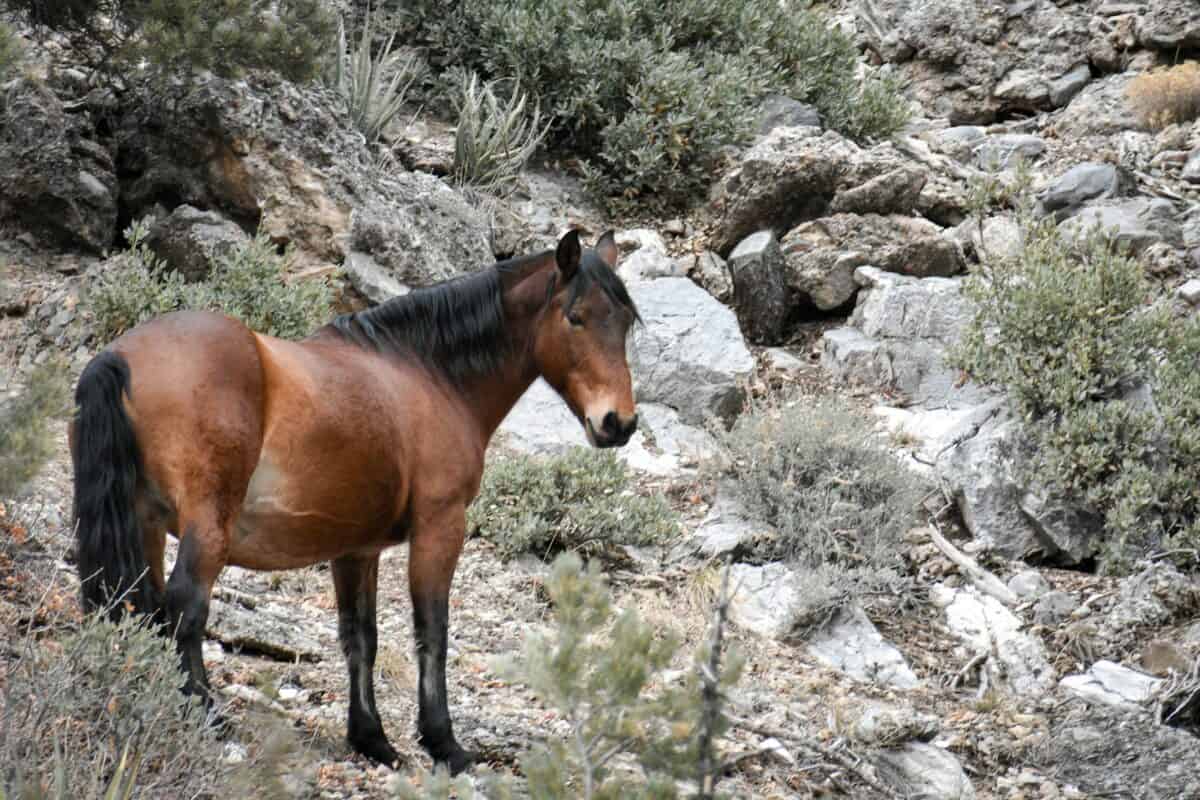
Avoid exercising horses during the hottest parts of the day. Early mornings or late afternoons are preferable for any physical activity. Reduce intensity and duration to prevent overheating, and always cool down your horse gradually after exercise by hosing down or walking until they are at a normal temperature.
7. Use Fans and Misters

Fans combined with misting systems can help reduce the ambient temperature in stables. While fans increase airflow, misters create a cooling effect as water vapor absorbs heat when it evaporates. Ensure misters are properly maintained to prevent excessive moisture and potential mold growth.
8. Groom Regularly
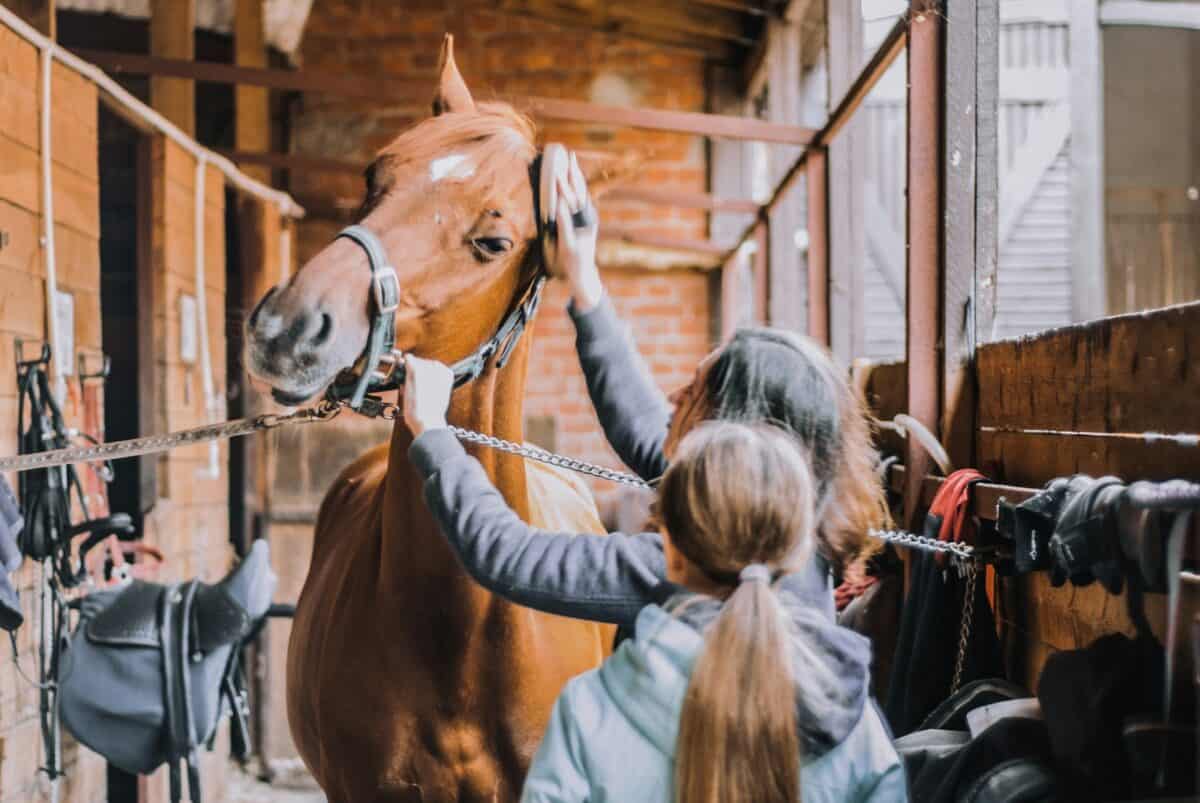
Regular grooming aids in circulation and helps remove sweat and dirt that can lead to skin irritations. A clean, well-groomed coat facilitates better air circulation and natural cooling through sweating.
9. Provide Electrolyte Supplements

During hot weather, horses lose vital electrolytes through sweat. Providing a salt lick or electrolyte supplements can help replenish these essential minerals, supporting hydration and preventing imbalances.
10. Consider Clipping Horses with Thick Coats

If your horse has a particularly thick coat or is prone to sweating, consider a partial or full body clip. This can significantly help in reducing the heat load and keeping them comfortable.
11. Plan for Adequate Recovery

After bouts of excessive heat, allow your horse time to recover. The strain of dealing with high temperatures can sap their energy, so ample rest in a cool environment can aid recovery.
12. Emergency Preparedness
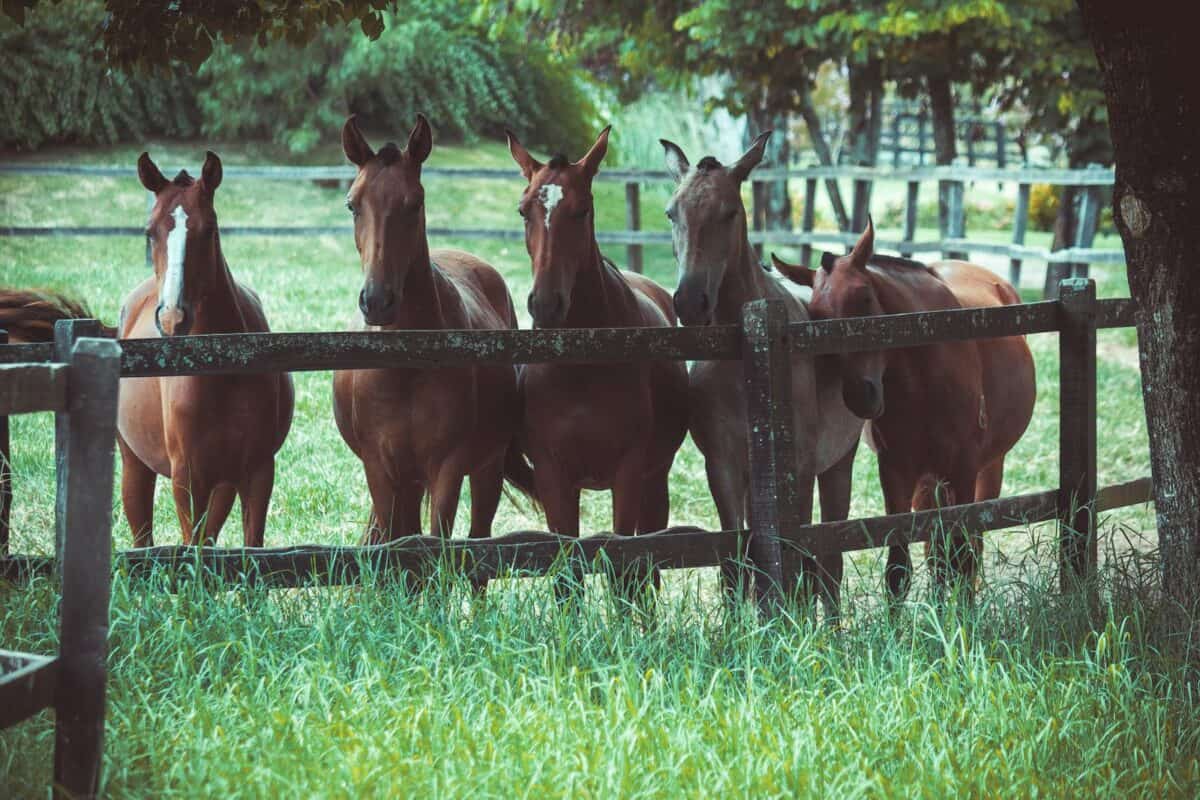
Always have an emergency plan in place for extreme weather conditions. Know the signs of severe heat stress and have your veterinarian’s contact information readily available. Prepare a transport plan for relocating your horses if necessary.
In conclusion, caring for horses during heatwaves requires diligence and attention to detail. By implementing these tips, horse owners can ensure their equine friends remain healthy and comfortable through the hottest days of the year. Recognizing the importance of preventive care and adapting routines to suit weather conditions are key components to successful horse management during heatwaves.
- 15 Tips for Managing Spider Infestations During Storm Season - August 8, 2025
- How Superstorms Have Reshaped Coastlines Over Time - August 8, 2025
- The Biggest Moose Ever Recorded in the US - August 8, 2025

